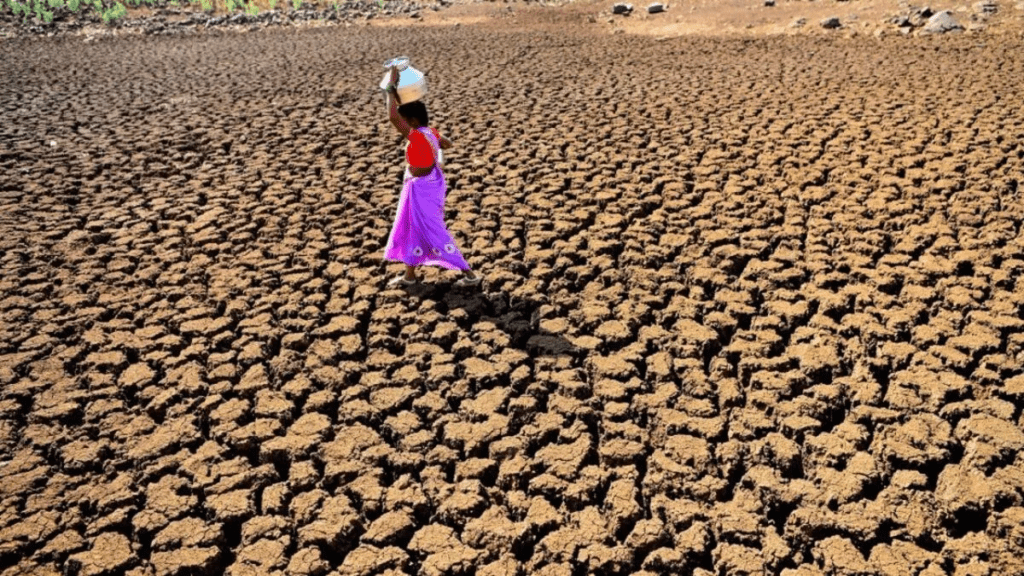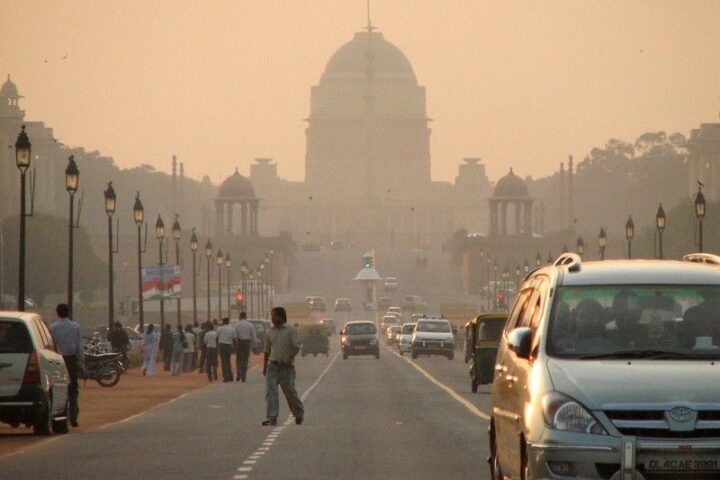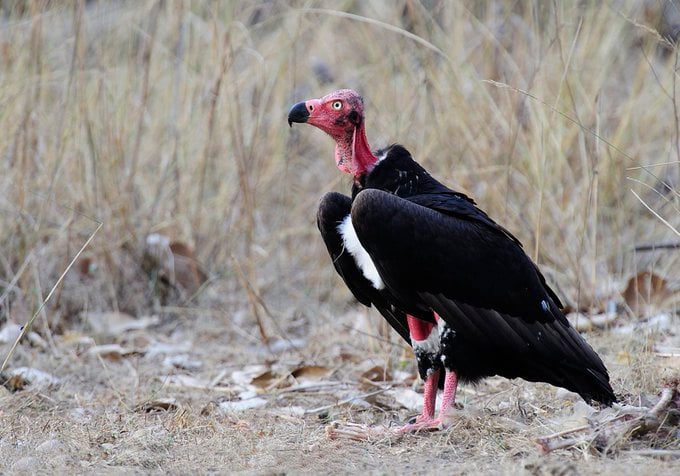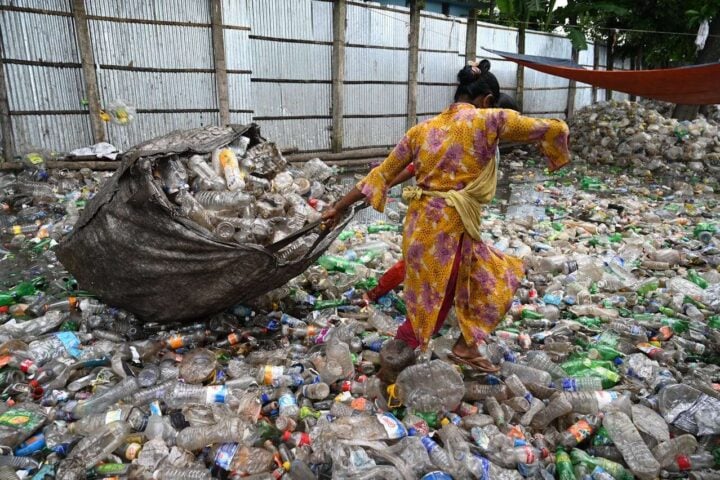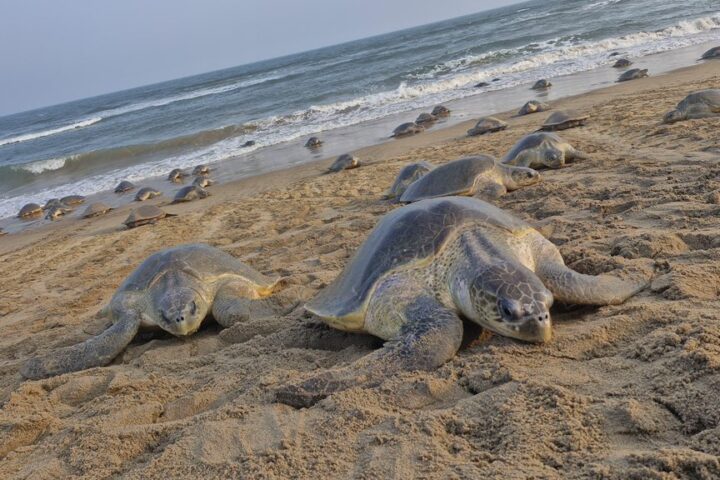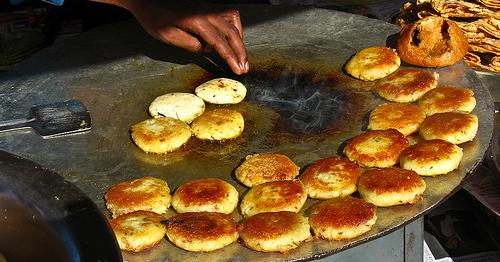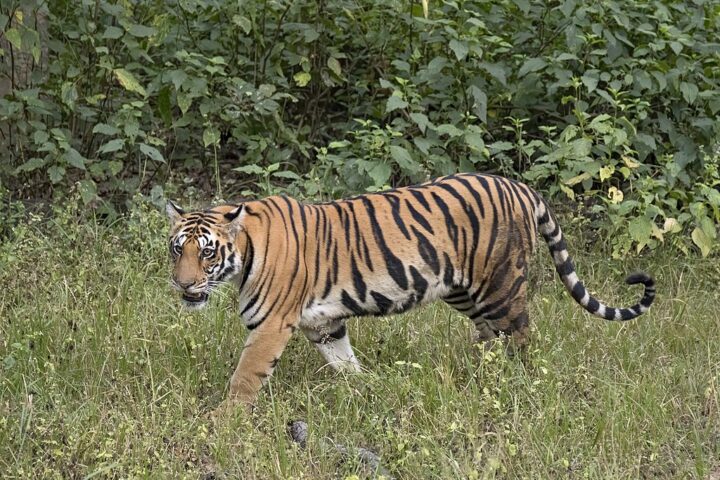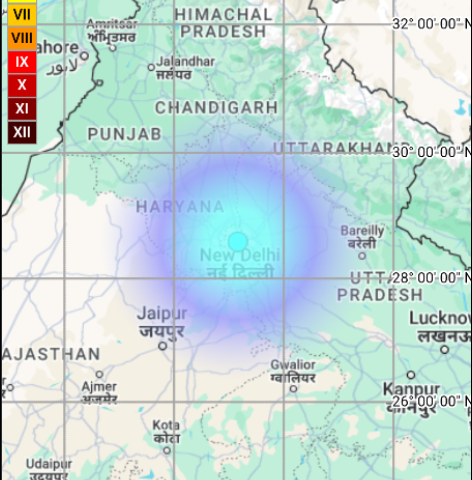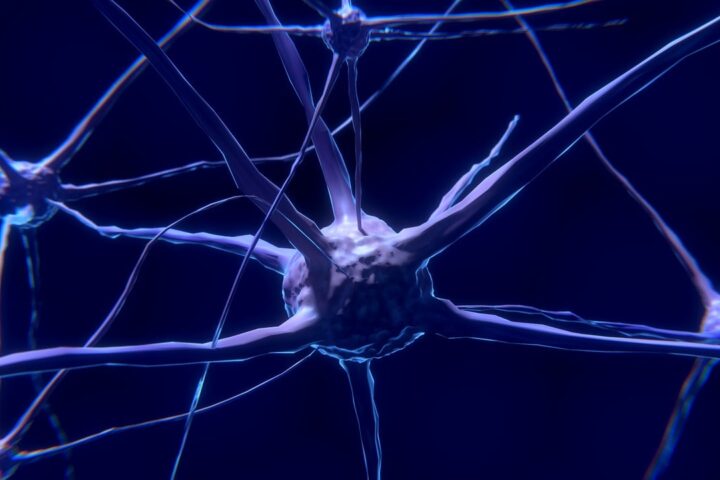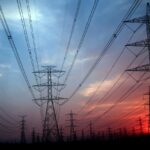If any Third World War breaks out, it will be fought on the issue of drinking water. In India also there are disputes about sharing of river waters. Maharashtra is not an exception to it. We are at the threshold of next monsoon. It will be appropriate to look at the Drinking water Scarcity Report for 2021-2022 prepared by the Commissioner, Maharashtra Groundwater Survey & Development Commissionerate, Pune.
Groundwater level mainly depends on rainfall. In Maharashtra there are 5 main river valleys. They are divided in1531 watersheds. 3920 observation wells are chosen for the Survey. Regional availability of groundwater depends on rainfall, geographical condition, geological structure & use of groundwater. The state is divided in three categories, heavy rainfall area, eternal rainy region & drought prone area. The 28% region of the state is a rocky and highly dissected plateau. Konkan, western ghats and other hilly areas receive less rainfall. 44% area is moderately dissected plateau that is middle level in groundwater level. Remaining 28% region is undissected plateau and or valley fill which has a good groundwater level. These 5 main river valleys have been divided into 1531 Watersheds.
Each watershed is further classified into 3 categories:
1 Runoff Zone=86153sq km-28%
2 Recharge Zone=135383sqkm-44%
3 Storage Zone=86153 sq km-28%
82% of the area consists of basalt (Igneous rock) which has 1 to 3% water retention capacity. 10% land has metamorphic rocks that can retain 1 to 3% groundwater. Remaining 8% area comprises sedimentary rocks which can retain 5 to 10% groundwater.
The factors that cause low level of groundwater & water scarcity are:
1. Spatial & temporal variation and Dry Spells
2. Very high use of groundwater for irrigation
3. Use of Borewells
4. Traditional method of use of flowing water that causes wastage of water
5. Absence of water planning & its management.
The Report suggests following measures to avoid scarcity of water:
1. Deepening of wells/removing mud from them.
2. Taking over of private wells
3. Supply water through tanker
4. Hastening of water supply schemes
5. Special repair of bore wells
6. Special repair of tap scheme
7. Digging of new bore wells
8. Providing temporary taps.
District wise No. of Talukas & Villages having groundwater level depletion more than 1 m in September, 2021 as compared to last 5 years average September water levels
—————————————————————————————————————————-
No. Dist. Total No. of Talukas. No. Of Talukas No. Of Villages with GW level depletion
With depth ln >3m. 2 to 3m. 1 to 2m. Total (>1m.)
——————————————————
1. Nashik. 15. 8. 1. 7. 65. 73
2. Dhule. 4. 1. 5. 5
3. Jalgao. 15. 2. 19. 19
4. Sangli. 10. 3. 1. 8. 9
5. Satara. 11. 1. 0. 0. 1. 1
6. Jalna. 8. 1. 0. 2. 3. 5
7. Parbhani. 9. 1. 0. 0. 1. 1
8. Latur. 10. 1. 0. 0. 2. 2
9. Amaravati. 14. 6. 16. 15. 38. 69
10. Akola. 7. 6. 41. 19. 45. 105
11. Buldhana. 13. 1. 0. 1. 0. 1
12. Washim. 6. 1. 0. 1. 3. 4
13. Bhandara. 7. 1. 1. 0. 8. 8
14. Wardha. 8. 3. 0. 0. 12. 12
15. Chandrapur. 15. 3. 0. 0. 21. 21
16. Gondia. 8. 2. 0. 1. 13. 14
In addition to the measures suggested above rainwater harvesting is to be undertaken. It is said that there are three jewels in the world : Water, food & a good saying, but the Fools call stone pieces as gems. Courtesy: Commissioner, Groundwater Survey & Development, Pune-5
Probable Scarcity Talukas & Villages
—————————————————————
S No. Dist. Talukas. Rainfall Deficit No Of Villages having Groundwater level Depletion >3m 2to3m 1to2m Total(>1m)
————————————————————————————————————
1. Amravati Chikhaldara >20%. 4. 1 2 7
2. Dhule Shirpur >20%. 0. 0. 5 5
3. Jalgao Chopra. >20%. 0. 0. 16. 16
4. N’bar N’bar. >20%. 0. 0. 7 7
5. N’bar Navalur. >20%. 0. 2. 77. 79
6. N’bar. Shahada. >20%. 14. 34. 18.
7. Nashik Dindori. >20%. 0 0. 27. 27
8. Nashik. Ch’vad. >20%. 0. O. 2. 2
9. Pune Ambegao. > 20%. 0. 0. 4. 4
10. Pune Baramati. >20%. 0. 0. 2. 2
11. Pune daund. >20%. 0. 0. 4. 4
12. Pune Haveli. >20%. 0. 1. 16. 17
13. Pune Pi’ri City. >20%. 0. 0. 3. 3
14. Pune Purander. >20%. 0. 0. 19. 19
15. Pune Shirur. >20%. 0. 0. 11. 11
Total. 18. 38. 213. 269.
Thus total No. Of 269 Villages will experience scarcity of water in Maharashtra.
